Masks (and More) in Montevideo
Visits to the Pre-Columbian Art Museum of Montevideo and the Museum of Decorative Arts highlighted our stop in Montevideo, Uruguay.
Our first stop after lunch at the Lonely Star — excellent Mexican food, super-friendly staff, and highly recommended — we walked a couple of blocks along 25 de Mayo in the Ciudad Vieja to the Museum of Pre-Columbian and Indigenous Art.
The museum boasts a collection of items dedicated to indigenous cultures from various regions in Latin America, with a highlight being their current exhibit on masks.
The building dates from 1888 and was originally designed as a medical facility. Later, the Department of National Defense was headquartered here. It was abandoned at some point but renovated in 2004 for the museum. The floor tiles are particularly stunning in their designs and colors.
The Mask Exhibition showcases a selection of the 900 masks from the Claudio Rama Collection, highlighting South America’s cultural diversity. Made from a variety of media — including wood, fur, cloth, metal, animal skin, mesh, plaster, ceramics, plant fibers, and more — the collection is rich in colors, textures, and patterns.

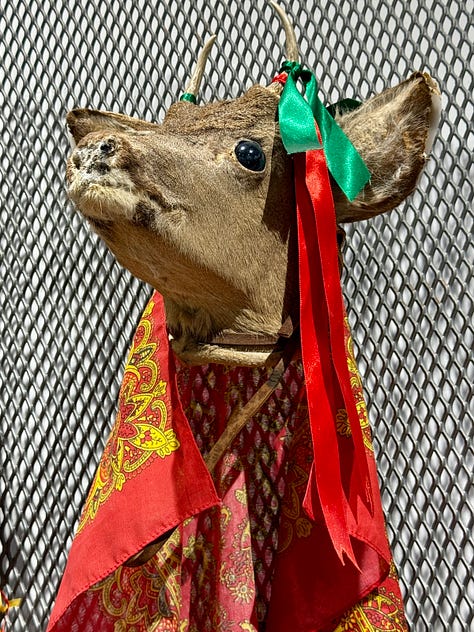
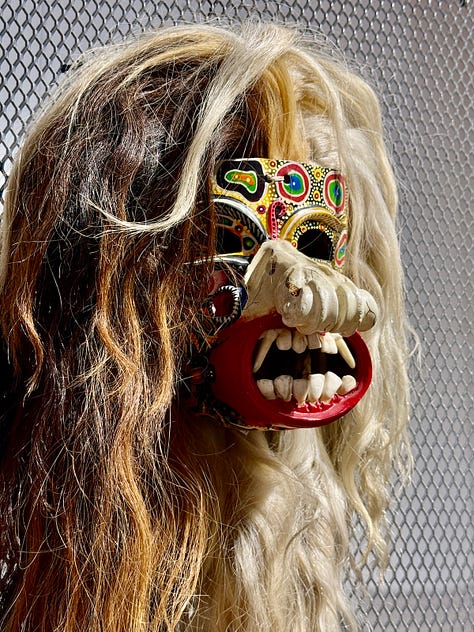
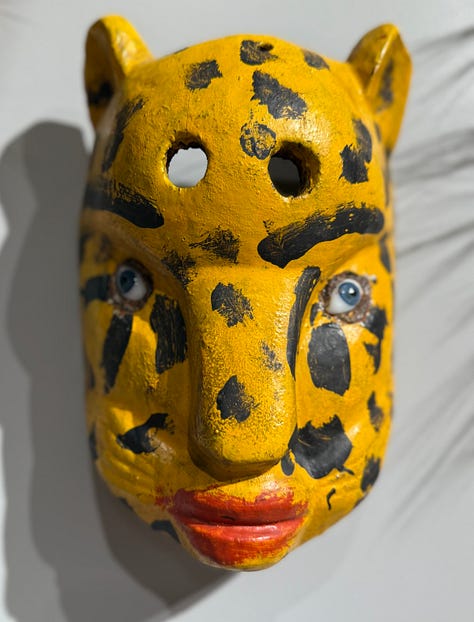
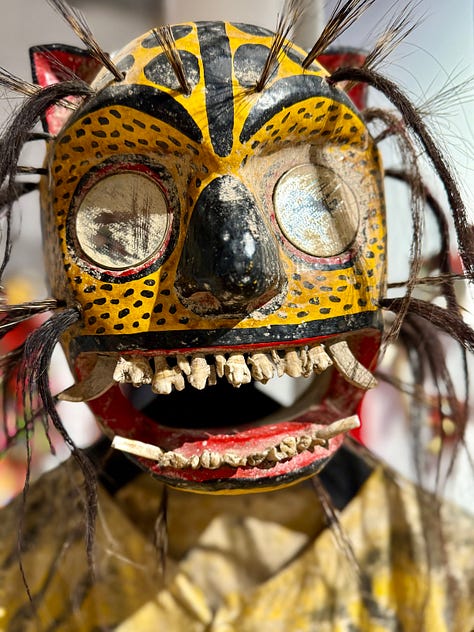

Masks played a crucial role in the religious practices of South American cultures, serving as a means to connect with the people’s deities, ancestors, and spirit world through ritual and ceremony.
The jaguar is one of the most powerful animals in South America; masks featuring this animal were believed to possess strong magical powers.
The Museum of Decorative Arts is only a few blocks from the Pre-Columbian Museum. The art, decor, and furnishings in this home setting are indicative of the lifestyle of Argentina’s upper class at the beginning of the 20th Century. The permanent collection features museum-quality European and Asian furniture, sculptures, paintings, and wall tapestries.
This is only one of more than twenty rooms, all as opulent and elegantly furnished as this one. The 1911 Neoclassical palace was the home of Josefina de Alvear and her husband, Matías Errázuriz Ortúzar. Fancy, fancy, fancy!
Only a short walk from Montevideo’s Cruise Port, we stopped to admire this artsy wooden tricycle and table. Then, we noticed we were in front of an artisanal gallery filled with paintings, sculptures, jewelry, and ceramics. We went in to browse and ended up staying over an hour.
We liked the art so much that we purchased a half dozen prints, two necklaces for Sherpa, several miniature sculptures, and a porcelain capybara necklace with gold trim for one of the grandchildren. Since we seldom buy souvenirs, we save our spending money for art purchases—and today, we hit the art jackpot. Unfortunately, the art was packaged to withstand another 4 1/2 months of travel, so you will have to wait until we do our grand unveiling when we arrive home in June.
Sherpa was especially interested in this odd collection of rusty metal—pieces from the WW II German battleship Graf Spee. The ship’s crew scuttled their ship in Montevideo Harbor to prevent the British from capture, one of Germany’s first significant naval losses in the war. Most of the ship is still at the bottom of the harbor. This piece behind Sherpa was part of the navigation and range-finding apparatus.
We ended our visit to Montevideo with an exclusive World Cruise Event, an onboard performance of Candombe by a local group.
Candombe is a style of music and dance that originated in Uruguay among the descendants of freed African slaves.
In 2009, (UNESCO) added Candombe to their Representative List of the Intangible Cultural Heritage of Humanity.
A combination of drummers, dancing, and guitar, the performance was high-energy, entertaining, and captivating. It also told an amazing story within an art form.
To cap off the evening, our friends Sophia and William invited us to join them for a specially prepared Chinese Feast in honor of the Lunar New Year. Norbert, the Hotel Manager, joined us in the Compass Rose Dining Room for a story-filled dinner. Norbert lives in Hong Kong, and Sophia and Bill were both born there and immigrated to the US as children. As a result, there was a wonderful exchange of information about places to visit when we dock there in April and which foods to try—an auspicious beginning to the Wood Snake year.
Happy Lunar New Year!




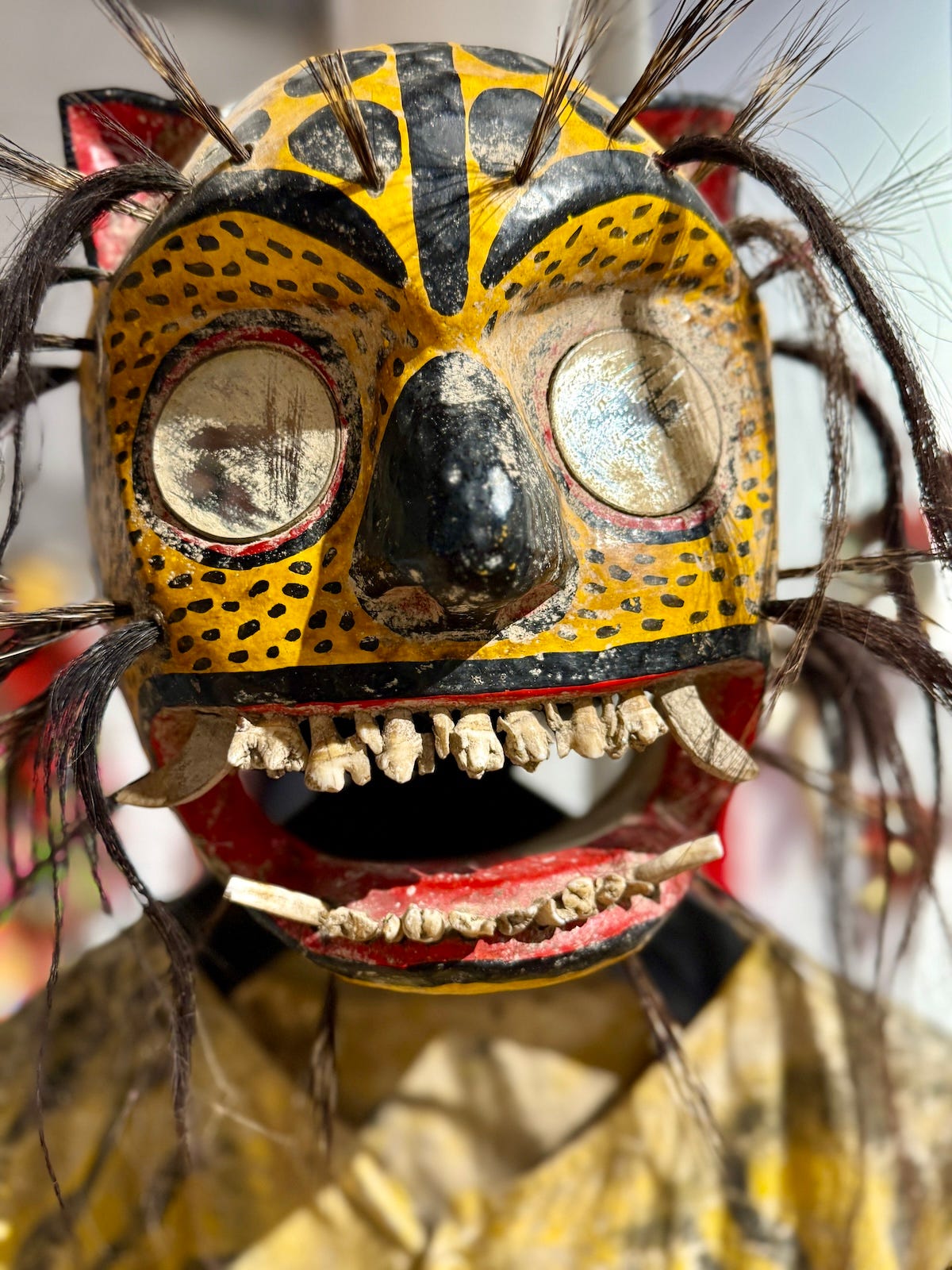

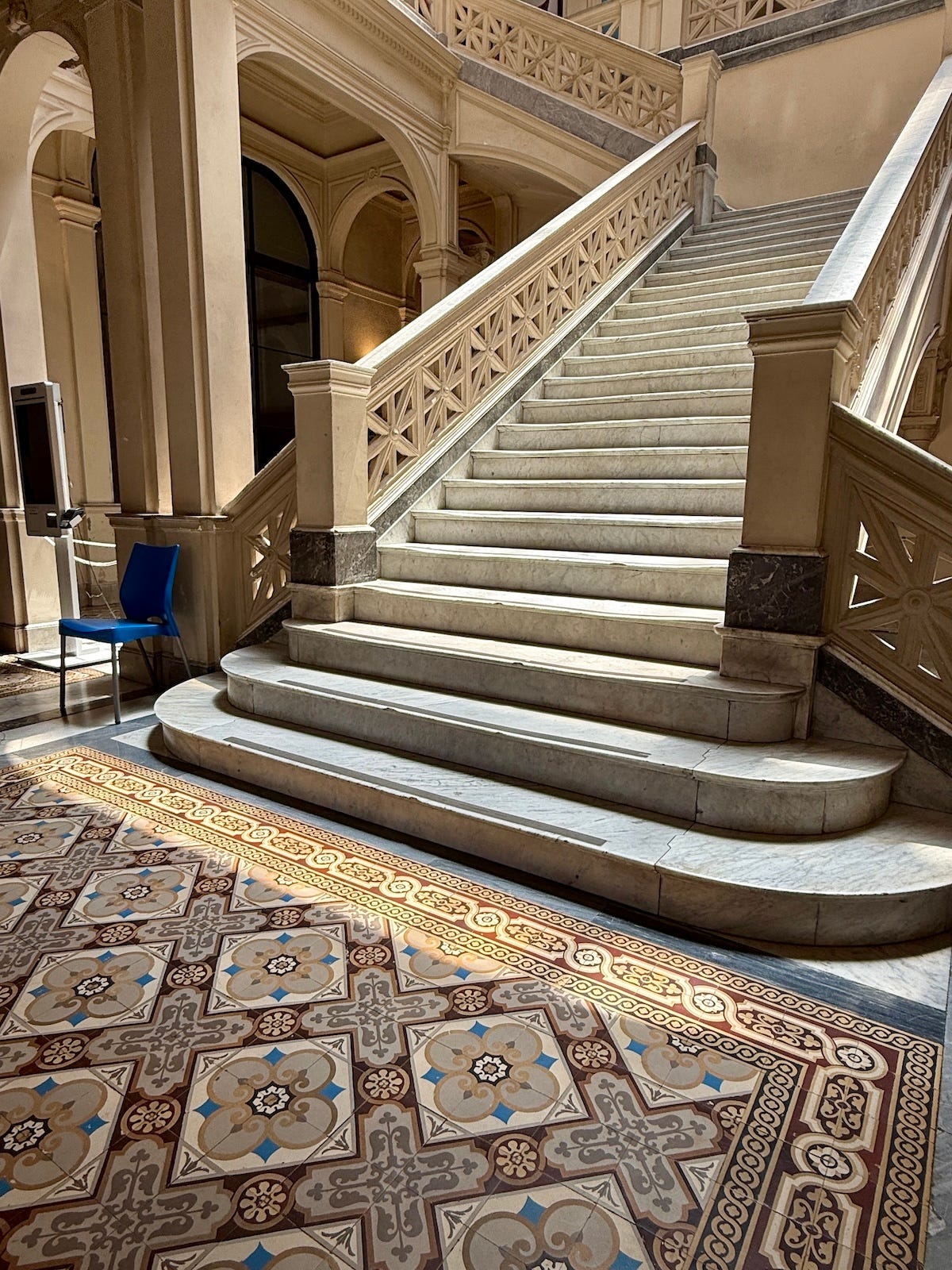
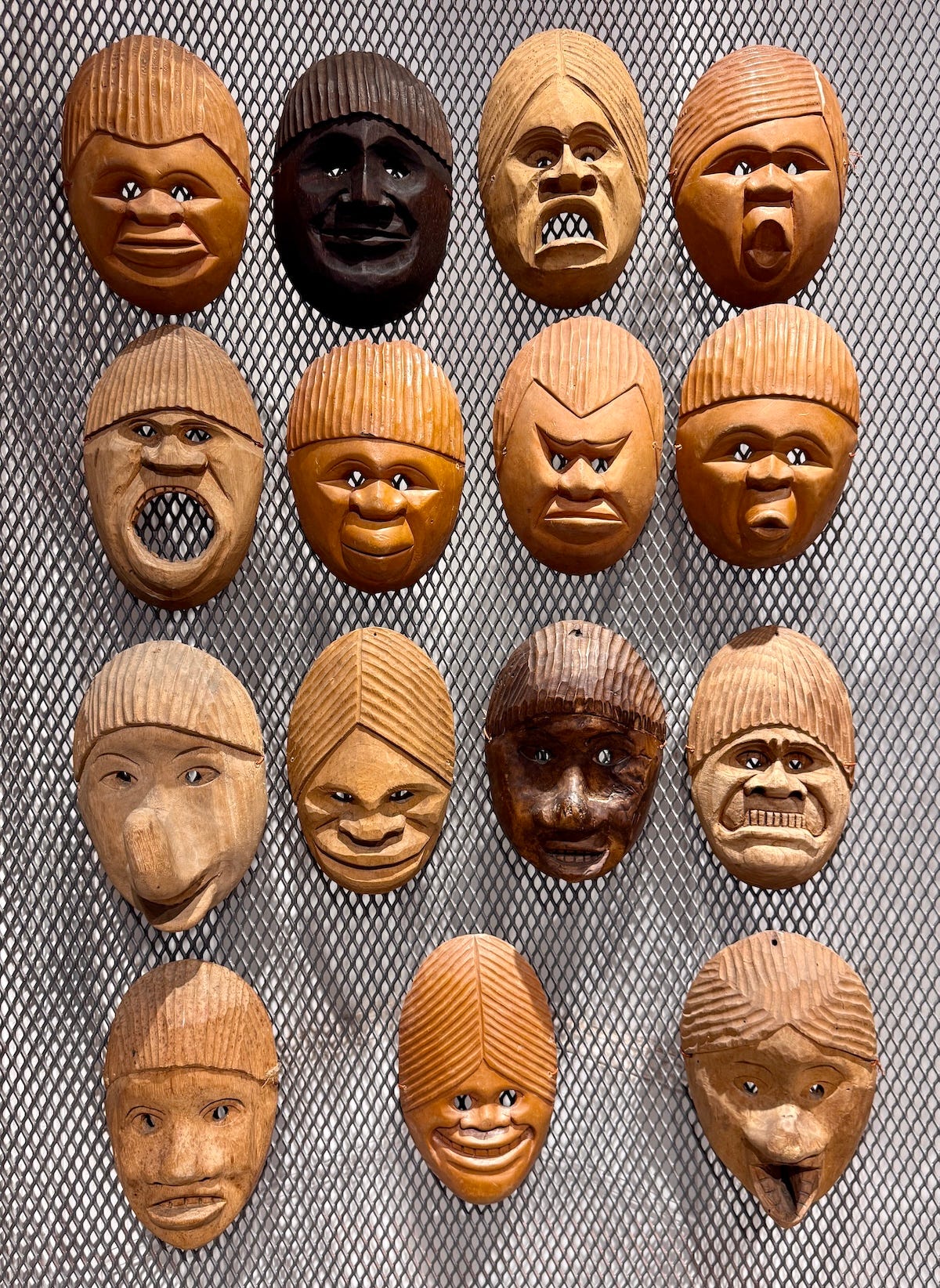
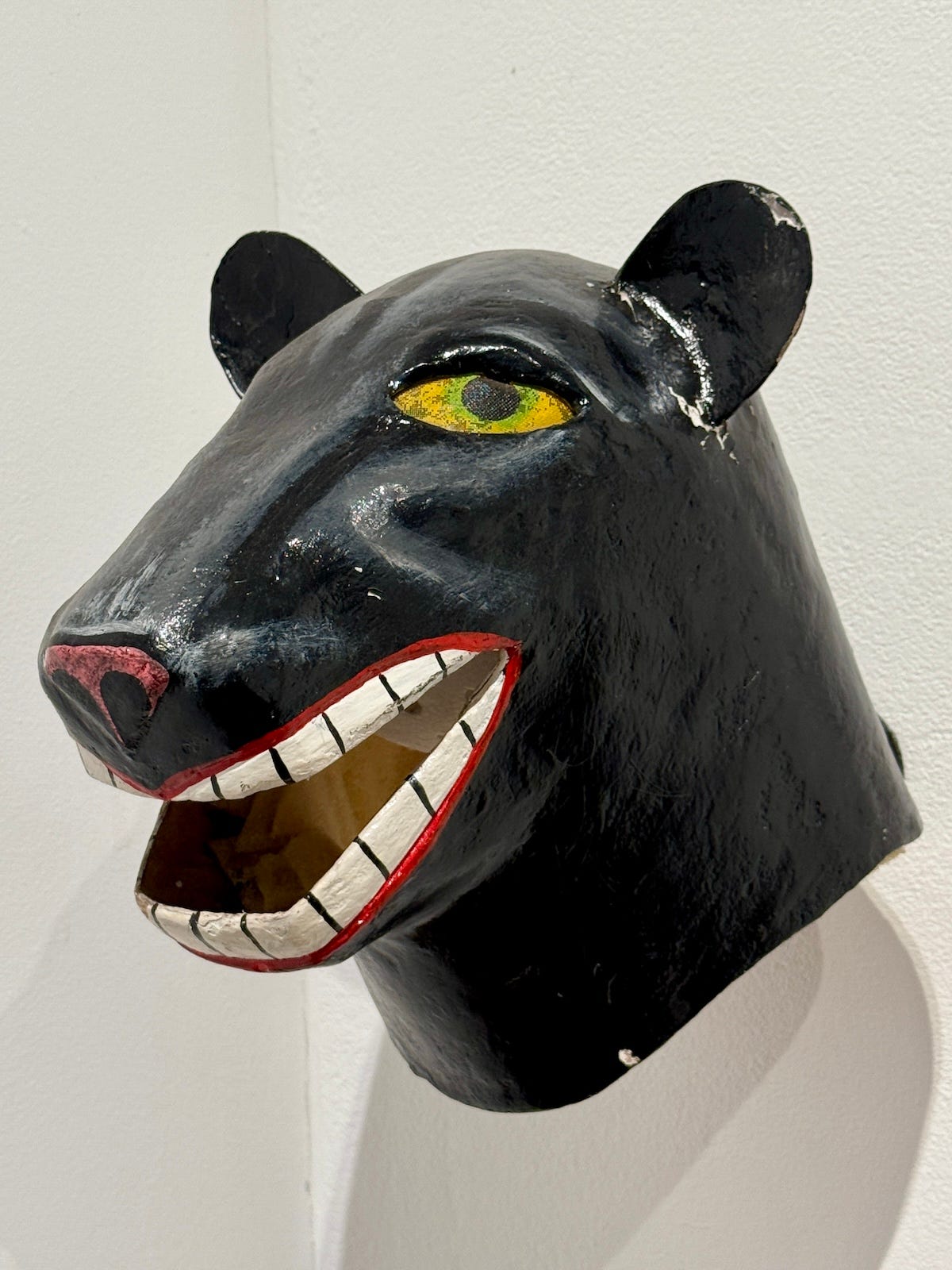


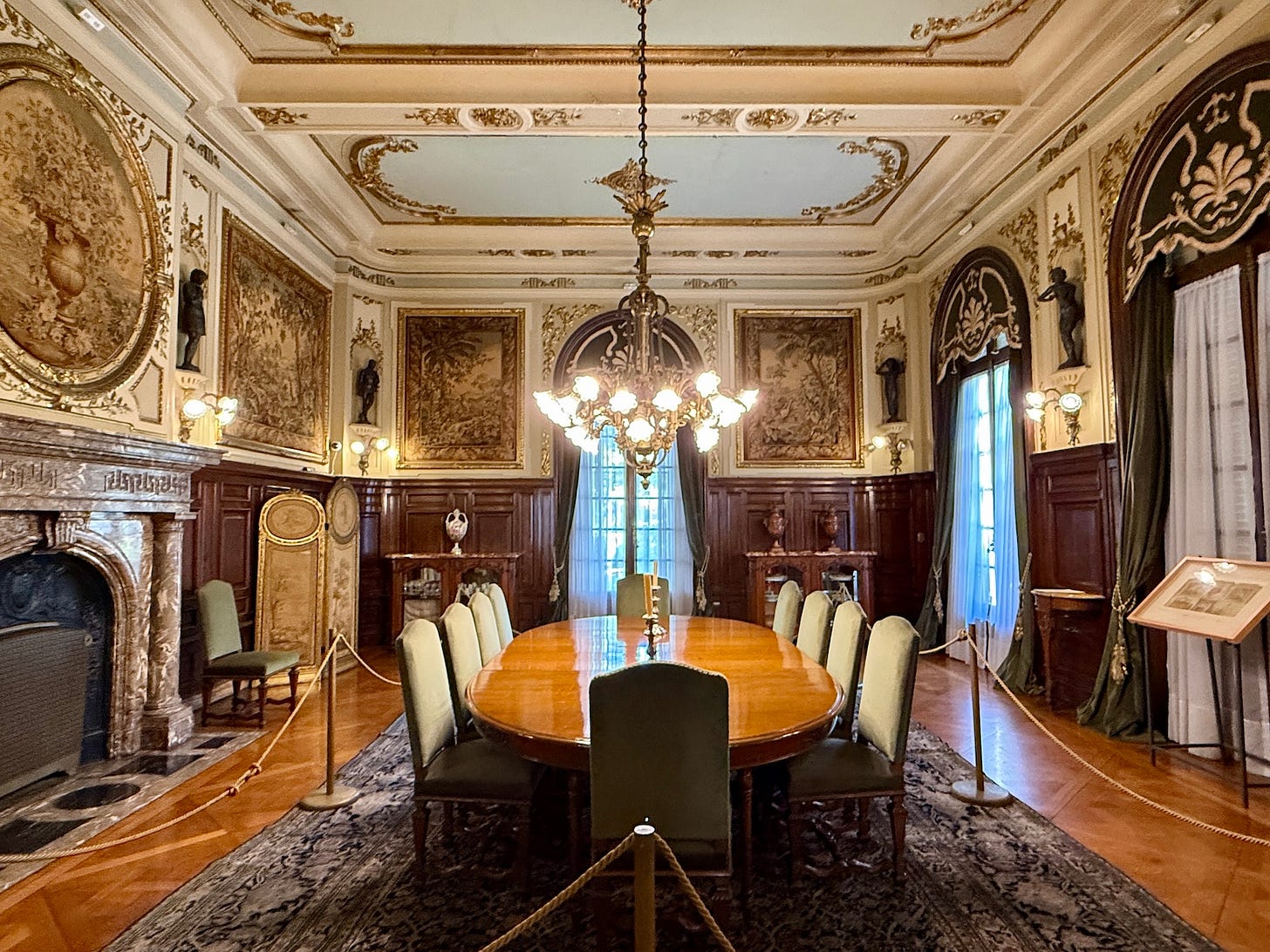

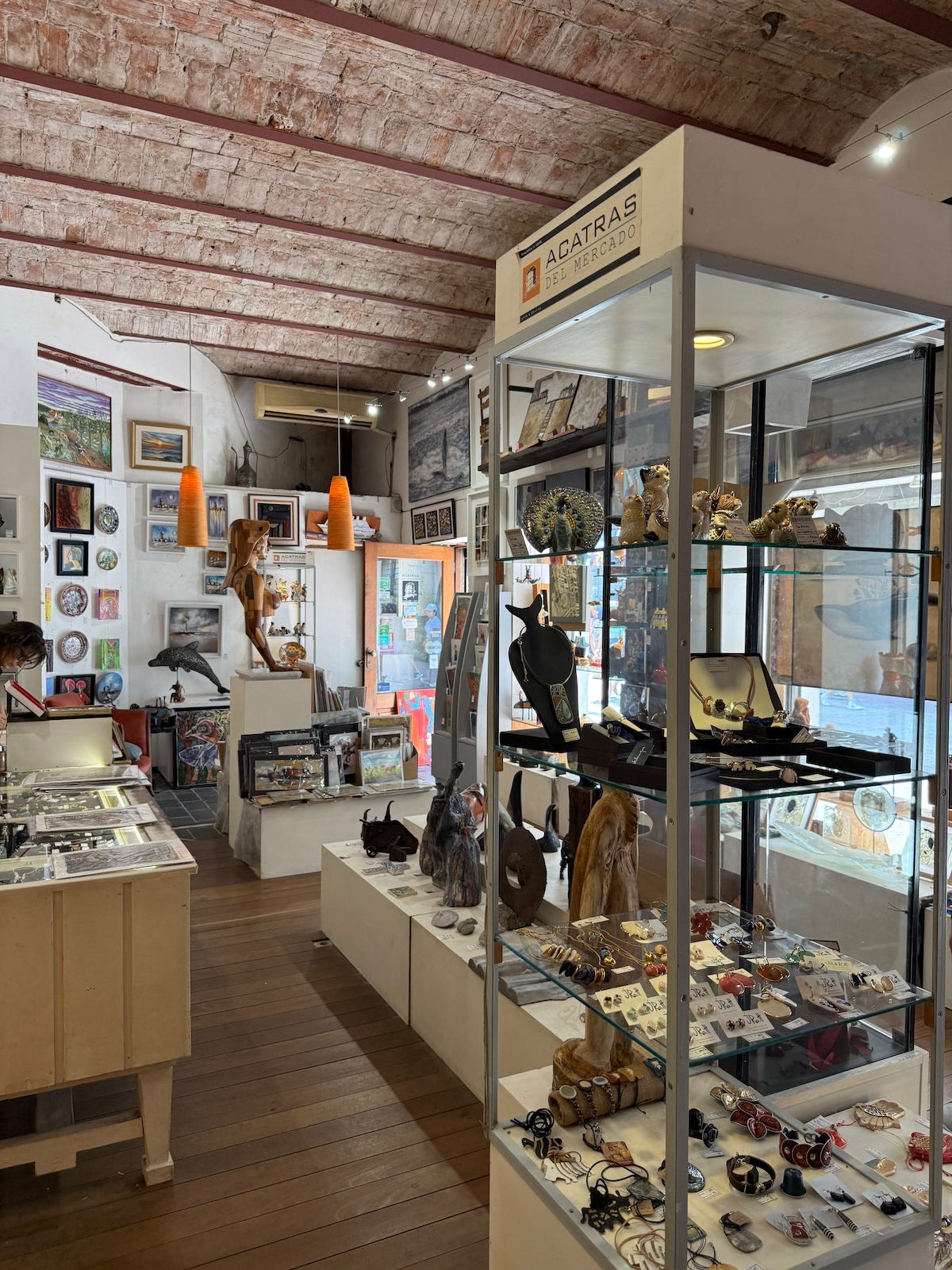

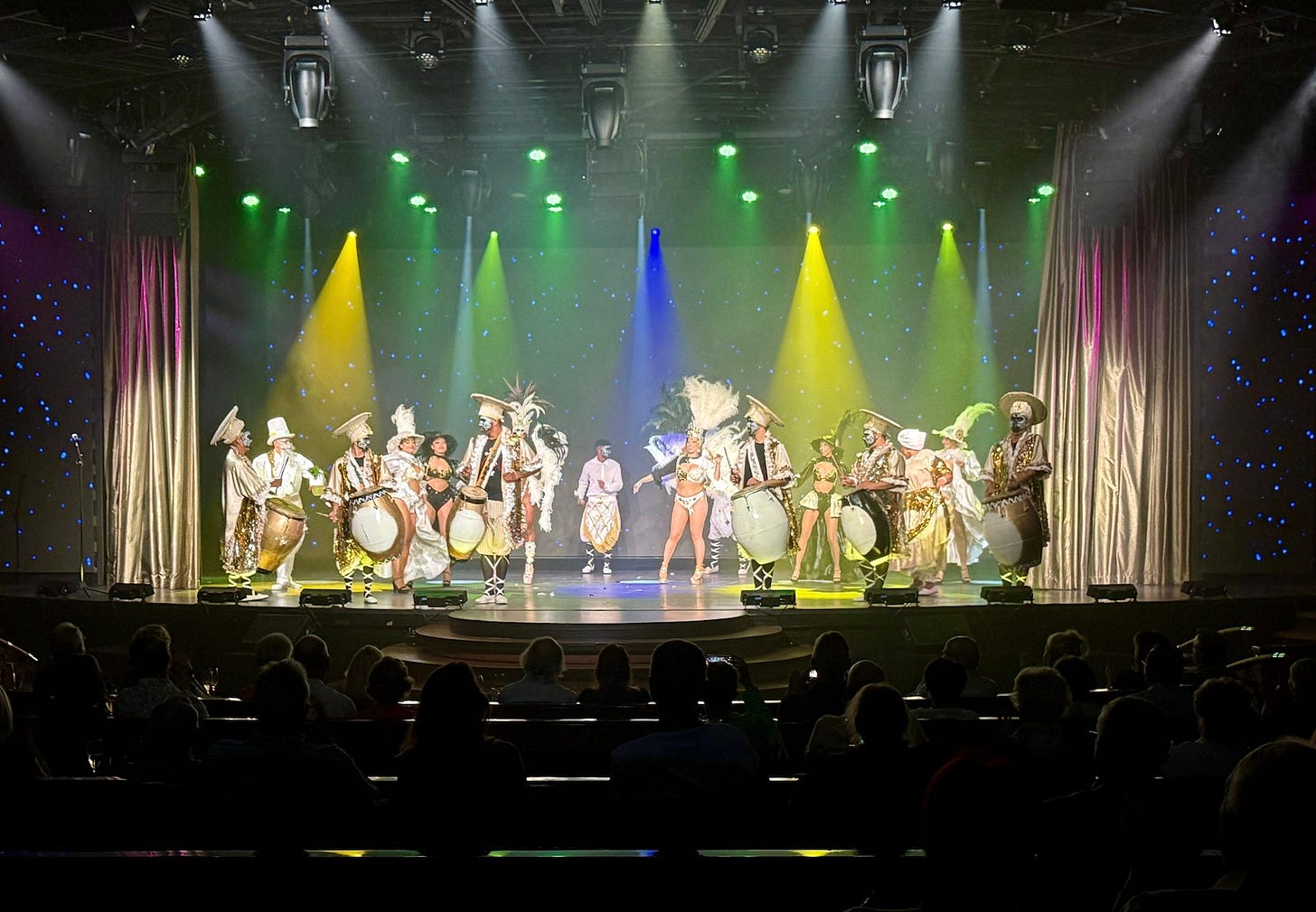
Dying to see the gold trimmed capybara necklace
The masks look so fab. Looking forward to your art unveiling.